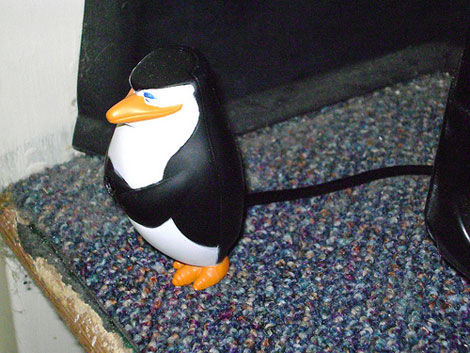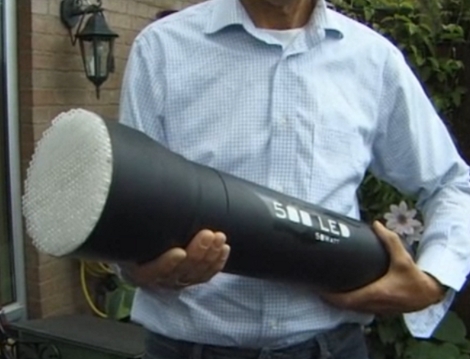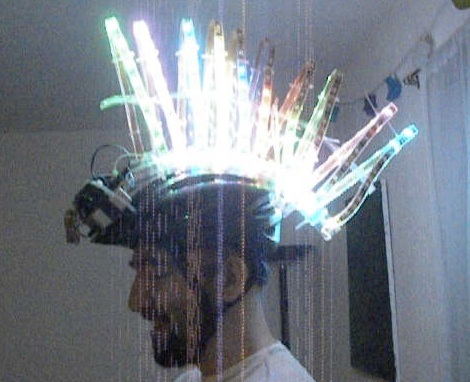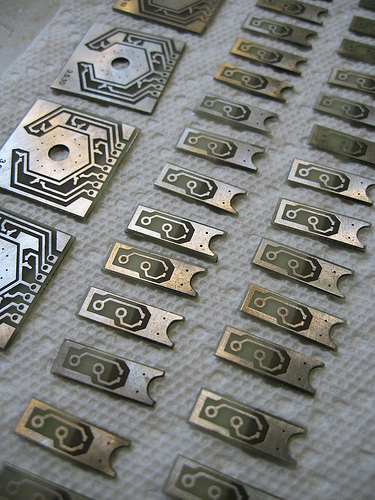[youtube=http://www.youtube.com/watch?v=TBH6vQhKaiY]
This cool mod brings force feedback to the Nintendo DS. There’s a motor with an offset weight mounted inside the DS for vibration and some nice SMD LEDs plopped in there for good measure. The force feedback is being controlled via a picaxe mocrocontroller and triggered from the analog audio signal. While using the analog audio may not be the most precise method, he says that the results are pretty decent.
[Thanks Dan, via HacknMod]














